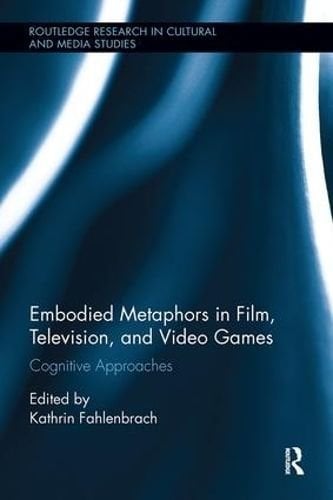In cognitive research, metaphors have been shown to help us imagine complex, abstract, or invisible ideas, concepts, or emotions. Contributors to this book argue that metaphors occur not only in language, but in audio visual media well. This is all the more evident in entertainment media, which strategically “sell” their products by addressing their viewers’ immediate, reflexive understanding through pictures, sounds, and language. This volume applies cognitive metaphor theory (CMT) to film, television, and video games in order to analyze the embodied aesthetics and meanings of those moving images.

![Voyage to the Bottom of the Sea - The Complete Collection [1964] (DVD)](https://avmedia.ams3.cdn.digitaloceanspaces.com/b/b1/bb15abca-ff9a-4e55-85cc-0234c6e56fca.webp)
![Red Corner [DVD] [1998]](https://avmedia.ams3.cdn.digitaloceanspaces.com/b/2c/b2c81d8b-c337-42be-b642-8310a2963d87.webp)
![Runrig - 50 Great Songs [CD]](https://avmedia.ams3.cdn.digitaloceanspaces.com/6/25/625ef747-ddbc-4896-97bc-81440642fdad.webp)


![Robin Redbreast DVD [2013]](https://avmedia.ams3.cdn.digitaloceanspaces.com/e/fb/efb8f6f2-de99-442e-964d-c90f893cf3b3.webp)

![Eric Bibb - Sisters and Brothers [CD]](https://avmedia.ams3.cdn.digitaloceanspaces.com/b/af/baf346b5-5c99-435e-9942-a2d43a92e243.webp)



